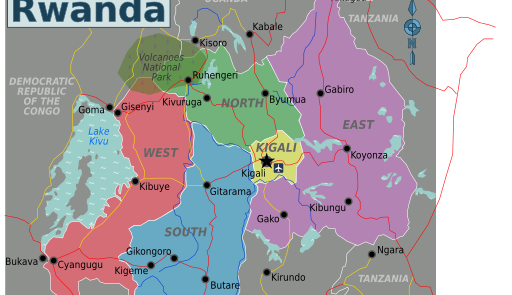Rwanda is a small country in the heart of Central Africa. It covers 26,338 km2. Rwanda is a landlocked country: it is surrounded in the north by Uganda, in the east by Tanzania, in the south by Burundi, and in the west by the Democratic Republic of Congo (former Zaire). The shortest distance to the Ocean is 1,200 km.
139 mammals 703 birds
724,695 hectare forest area
53 forest nature reserves
4 national parks 9.13% terrestrial protected areas
1 Ramsar site (67.36 km² coverage)
The Wildlife
Some of the world’s fiercest and most fascinating wildlife species are native to Africa. Rwanda enjoys a high level of wildlife biodiversity. Rwanda’s high biodiversity combined with high livestock and population density creates numerous opportunities for wildlife-domestic animal-human interactions. There is a need for conservation education and outreach, and it is known that the public affects the success or failure of environmental protection efforts.
Despite its small territorial size, Rwanda is covered by diversified ecosystems: natural ecosystems consisting of mountain rainforests, gallery forests, savannas, wetlands, and aquatic lands, and ecosystems altered by man’s activities, afforestation, and cultivated areas. All these ecosystems accommodate flora and fauna wealth


RWCE & Rwanda
RWCE aims that Rwanda will stand among the leading nations dedicated to achieving the Sustainable Development Goals of the United Nations not just for their state but also for the whole world. The center’s success will ensure Rwanda’s recognition as renowned worldwide for its noble and inspiring acts in natural preservation and education, leading to substantial tourism.

